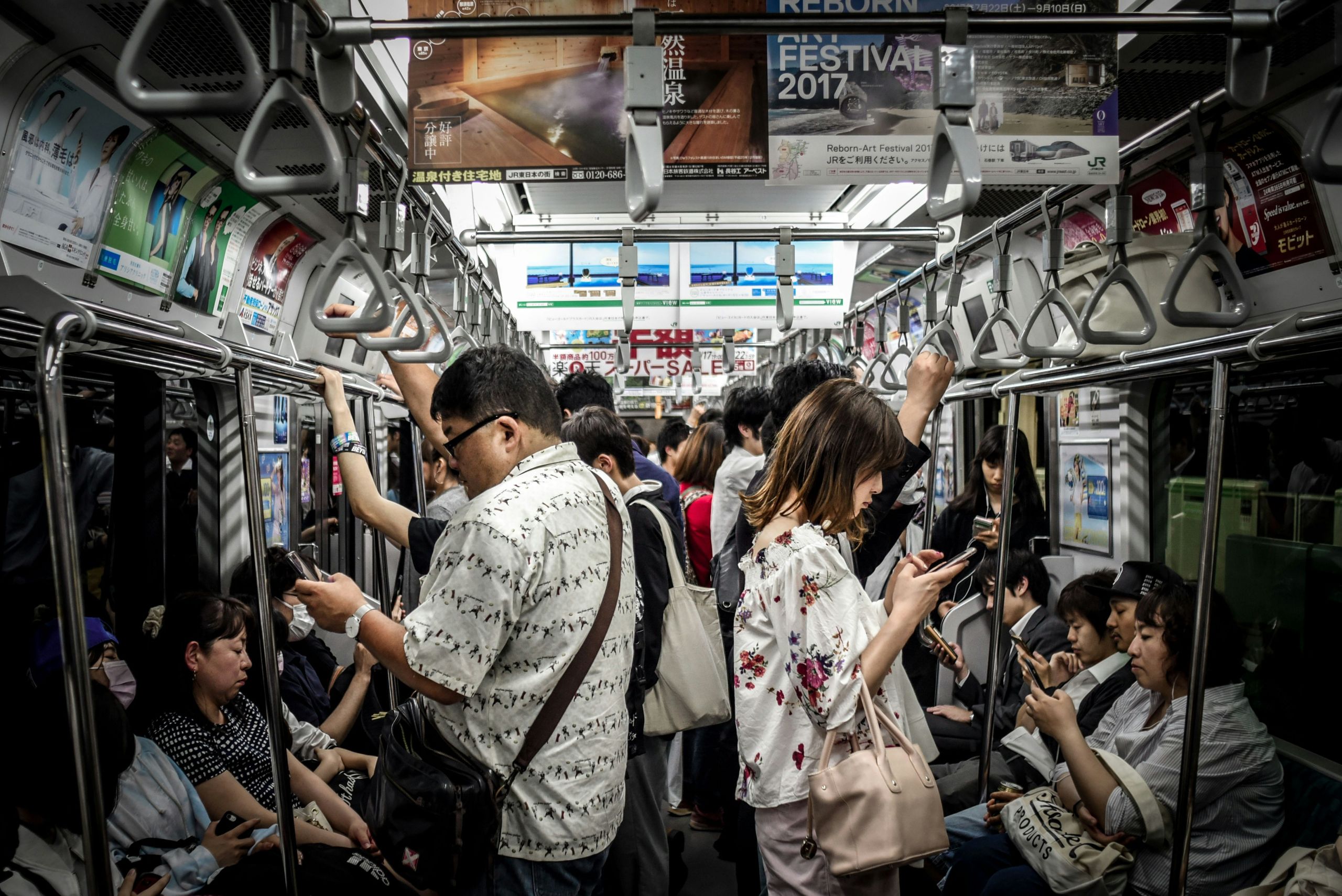Japan travel has quickly become a must-do for many travellers, some even opting to return twice or thrice a year. And it’s easy to see why – the country boasts a rich heritage and culture while expanding its offering in the modern contemporary sectors. Whether you’re looking for a laid-back experience or hoping for adventures that will leave you breathless, Japan is always ready to deliver.
What’s good to remember, however, is that the locals take pride in preserving much of Japan’s culture. This means that you’re expected to respect the city and its beauty as best possible, allowing you to truly enjoy Japan the way locals do. But with 47 prefectures and so much to explore, how will you know if you’re doing your Japan travels right?
Well, fret not – because our travel advisors at Holiday Tours have gathered 10 tips to make your Japan travel amazing. So, buckle your seatbelts and prepare to go to Japan!
Tip 1: Goodbye physical IC cards, hello mobile SUICA!
Photo by Fikri Rasyid on Unsplash
Did you know that the best way to make the most of your Japan travel is by public transport? To simplify your commute, we highly recommend getting their local IC cards – a rechargeable payment card that can be used when paying for anything from groceries to train fares and more. Note that these cards may not be used to pay for hotels or ryokan stays.
Unlike before, owning a SUICA card has become even easier thanks to advancing technologies. This means you can easily add it to your Apple Wallet and tap as you go without fumbling with an extra card in your pocket or worry that you might lose your card along the way.
A separate app, aptly named the Welcome Suica Mobile, will also be available where you can easily order non-reserved Shinkansen tickets for long-haul Japan travel plans. Not to be confused with the existing Japanese version of Suica Mobile, this new app also works with all foreign credit cards linked to Apple Pay. This feature wasn’t available in the former app.
At the time of our writing, the Welcome Suica Mobile app is not yet available to Android users. Instead, you can always get your IC cards from the airport upon arrival.
Tip 2: Fly domestically using Malaysia Airlines codesharing with Japan Airlines

Of course, having limited annual holidays but a hunger for more adventures can mean you want to get from one Japanese prefecture to another as quickly as possible. And sometimes public transportation might not cut it. To make your Japan travel a dream come true in the most efficient way, our next tip is to make use of the partnership between Malaysia Airlines and Japan Airlines.
This codeshare arrangement means travellers gain access to even more destinations domestically within Japan, with cities including Osaka, Fukuoka, Nagoya, Sapporo, and Okinawa being on the list. You’ll still continue to earn Enrich and Elite Miles while enjoying the same quality service loved by all, bringing your Japan travel experience to greater heights.
Not sure if this would work for you? Feel free to reach out to our travel advisors at Holiday Tours to discover how you can turn Malaysia Airlines’ partnership with Japan Airlines to your advantage.
Tip 3: Sail with Royal Caribbean cruise to hop across Japan

Another great way to experience Japan travel is by hopping on a Royal Caribbean Cruise that takes you from city to city hassle-free. With different package durations available, exploring Japan through a Royal Caribbean Cruise means you get to see, taste, and explore the best this country has to offer yet the freedom to unwind after a long day in your cabin.
You’ll also skip confusing train changes and avoid missed connections, which can happen in Japan – especially if it’s your first time visiting. On board the cruise, you’ll be treated to an array of specially prepared meals across different restaurants, ensuring you’ll never be bored of a single cuisine throughout your holiday. The exciting activities available on the cruises also keep you or your travel companions well entertained throughout, making this one of the best ways to smooth sail through your Japan travels.
Tip 4: Pack lightly to make your Japan travel a breeze
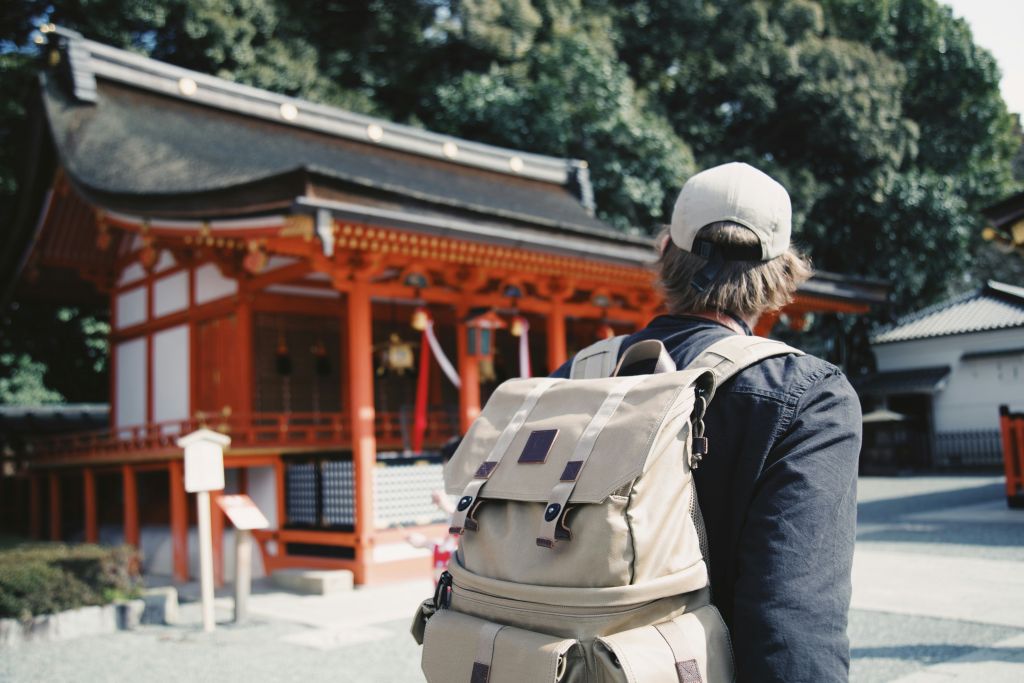
It’s no secret that many of Japan’s hotels have limited storage space, so we always recommend packing light. This is especially important if you want to stay in Japan’s famed capsule hotels, where you may not have the space to break open a large suitcase whenever you like. But beyond space constraints, packing lightly also means it’s easier for you to move around in Japan. Spoiler alert: Many of their local train stations may have a ton of stairs, and the last thing you’d want is to go through them with big bags.
If you’re going away for longer and can’t avoid packing the necessities – or if you have accidentally shopped too much in a city (which happens more often than you might think), you may also consider luggage shipping! This is a great option for anyone travelling across Japan and wants to avoid the hassle of wheeling their luggage across busy stations, such as from Hokkaido to Okinawa which are on opposite ends of the country. Most luggage shipping services do arrive overnight, so we recommend keeping some of your necessities such as skincare or medication in a backpack with you.
Tip 5: Enjoy a slow travel experience and plan your destinations
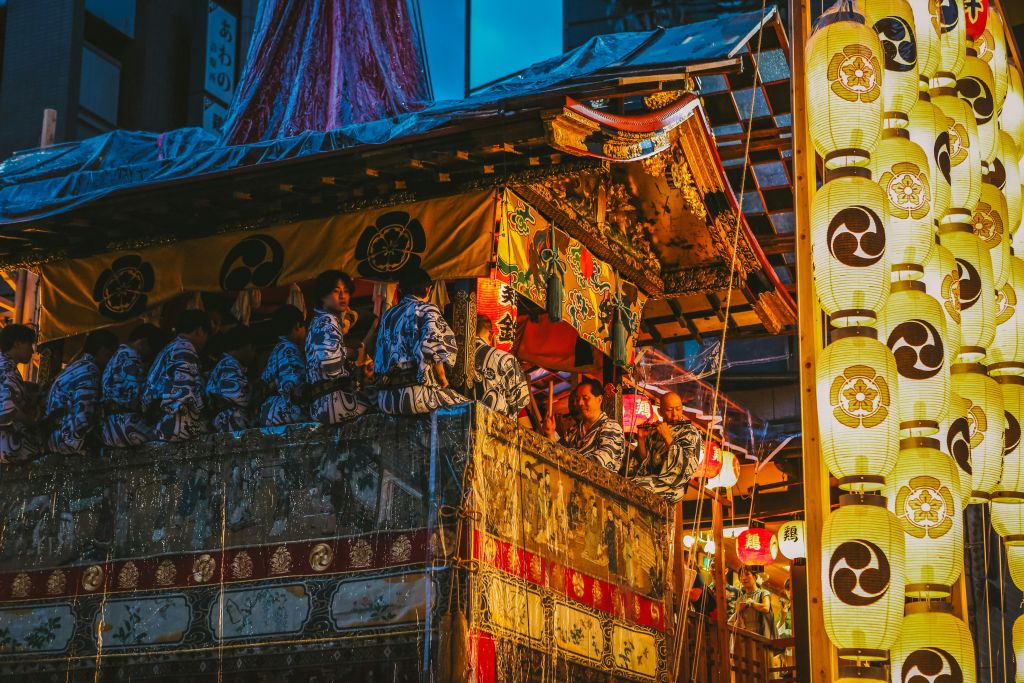
“Slow travelling” has taken new heights for many holiday seekers, but what does it mean? Beyond just experiencing your holiday at a leisurely pace, slow travelling often refers to the act of truly connecting with the places, people, and culture of your destination – and there’s no place better to enjoy slow travelling than in Japan.
To make the best of your Japan travel through slow travelling, we recommend planning your destination according to the season. This is especially helpful for travellers looking to catch fleeting sights such as the cherry blossoms that usually bloom around late March to early April, but did you know that you might be able to see the flowers earlier or later in the year? As a rule of thumb, it’s nice to know that cherry blossoms may bloom as early as January in the southern islands of Japan, while in the far north cities like Hokkaido, the flowers are occasionally seen blooming even in May.
Another crowd favourite to create the ultimate slow travel experience is to immerse yourself in festivals that are only available during special seasons. For example, you wouldn’t want to miss the month-long Gion Matsuri festival celebrated in Kyoto. Finding yourself a yukata to wear is highly recommended, though if you’re just there for the sights, the best of the festival often happens on the 17th and 24th of July yearly when the procession of floats takes place.
Tip 6: Pre-book YOUR EXCURSIONS TO AVOID disappointment
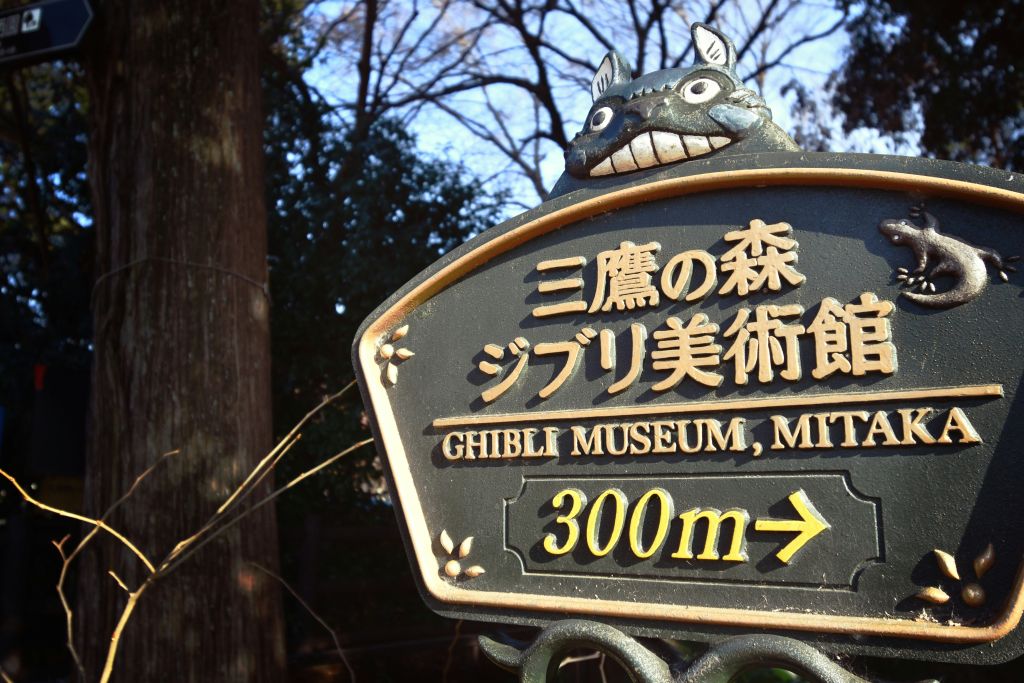
An iconic part of any Japan travel is to visit exclusive attractions that you can’t otherwise find away from the land. However, many of these excursions often require you to purchase your tickets months ahead, so you should always pre-book your spots to avoid disappointment.
Higher sought-after attractions such as the Harry Potter Studios Tours or accommodations at Tokyo’s Disneyland resorts should be booked 3 to 4 months in advance. Alternatively, if you’re only visiting the Tokyo Disneyland or Tokyo DisneySea, we recommend buying your tickets at least 1 month ahead. Another must-visit on our list would be to drop by the Teamlab Planets modern art museum in Tokyo. Tickets are usually available 2 months in advance and can sell out fast.
Finally, Ghibli fans shouldn’t miss out on the Ghibli Museum experience in the suburban Mitaka of Tokyo. Tickets are released a month ahead of visits and get snapped up almost immediately, so do plan ahead.
Tip 8: Prepare lots of cash and familiarize yourself with their coins
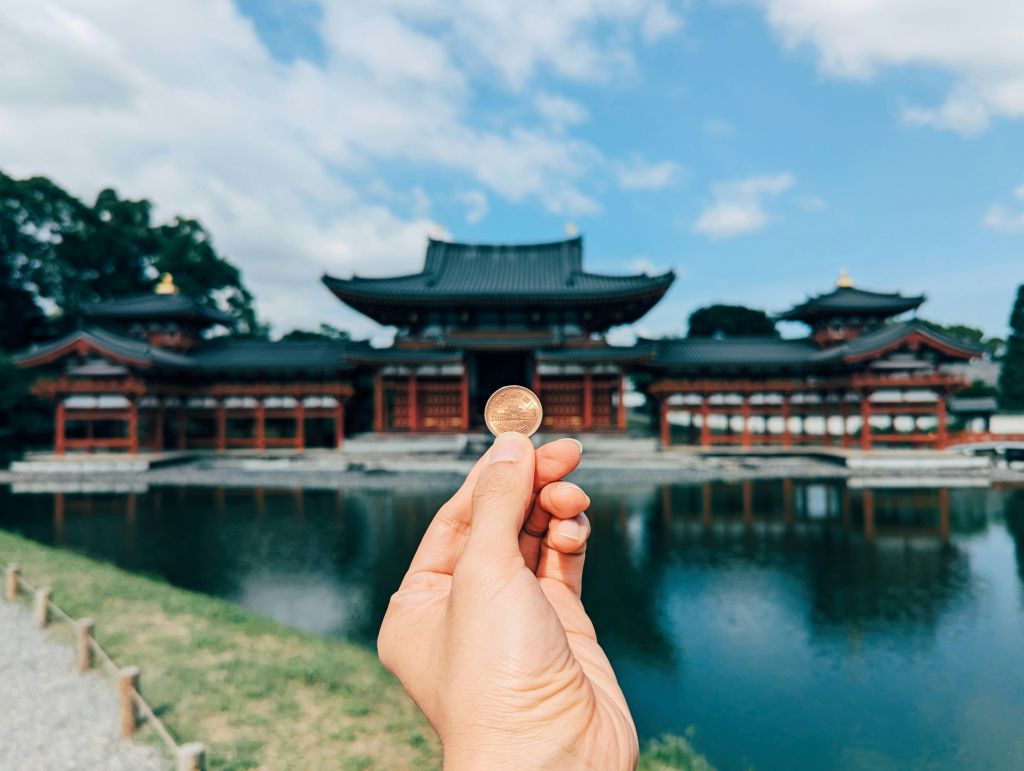
While mobile payments and cards are more commonly used worldwide these days, we’d still recommend bringing lots of cash to your Japan travel. Don’t get us wrong – many major establishments be it eateries or shopping centres will accept foreign credit cards, but the traditional mum-and-pop shops may turn you away. This also applies to generation-old family restaurants, and it’s good to come prepared.
Additionally, having cash on hand is convenient especially when you’re thirsty and bump into the many vending machines available. This could also be helpful if you simply want to get the authentic experience of buying a warm drink or snack out of a machine from Japan. Many capsule toys or gashapon machines often require 100-yen coins, so we recommend keeping those if you’re hoping to try your luck on scoring any collectibles.
Thankfully, travelling around Japan is relatively safe and having to walk around with cash is never an issue. When using cash to pay in Japan, always remember to use the money tray set in front of you. You will notice that change is also returned using the tray, a symbol of respect and trust that is still highly ingrained in the Japanese culture today.
Tip 9: Japanese etiquette goes a long way
Like many holiday destinations, it’s important to learn Japanese etiquette when you’re in Japan. To help familiarize yourself before a Japan travel trip, we’ve rounded up a few simple etiquettes that will take you a long way.
For starters, it’s often frowned upon to eat in regular commuting trains within a city. This is different from bullet trains or shinkansens where you’ll find many travellers like yourself enjoying a bento box purchased from the station. So ,do be aware of what you’re travelling on before pulling up with a toasty pack of fried chicken in the train.
Being considerate to other commuters on the train is also essential to the locals, so listening to loud music or speaking on the phone may be seen as a nuisance. If you absolutely have to, it’s probably better to hop off your nearest station to complete your phone call before catching the next train.
Separately, it’s good to know that tipping is not a common culture in Japan. To some, it may even be seen as an insult. If you’re hoping to say thank you to a ryokan host, an exceptional taxi driver or a really helpful server, it’s much better to bring them simple gifts of fruits or goods from your home country instead.
Next, understand the excitement of making memories during your Japan travel but you’ll want to be careful with who you might capture in your pictures and videos. In Japan, it’s often considered rude to take any content of people without consent. And while the locals may not confront you out of respect, you might get some disapproving looks from many of them should this happen. So be sure to watch where or who you might accidentally capture in your camera, and generally be respectful to each other while you’re there.
Tip 10: Don’t be afraid to get off the beaten tracks
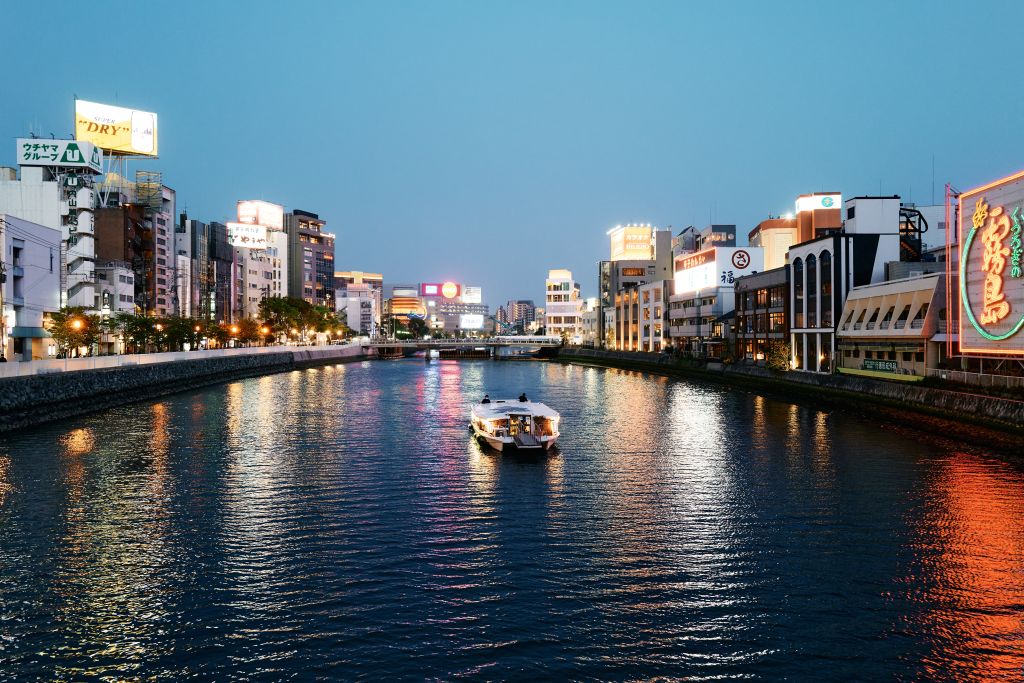
And finally, it often goes without saying that visiting the major tourist spots is where many travellers would start when trying to familiarize themselves with a new country. However, we highly recommend exploring beyond what the big cities of Japan have to offer. Instead of putting yourself in the heart of Tokyo or Osaka, why not book a trip to Fukuoka?
Boasting a sunnier climate and laid-back vibes, this little city is set approximately 5-hours away from Tokyo. Here, you’ll experience what is arguably Japan’s best street food scene, with vendors wheeling their carts into place every night. Known as the yatai culture, this unique scene is a great way to immerse yourself into the culture and perhaps chat up a local or two.
Akita City of the Tohoku prefecture is another unique destination that not many tourists flock to but has much to offer to those seeking an adventure. It’s best known to be the origin of its namesake breed, Akita – but did you know that Akita City is also home to the Kanto Matsuri? Held annually from the 3rd to the 6th of August, this pole lantern festival draws approximately 1.1 million visitors. The display of skills where the performers balance long bamboo poles with decorative paper lanterns attached to the end is a must-see.


